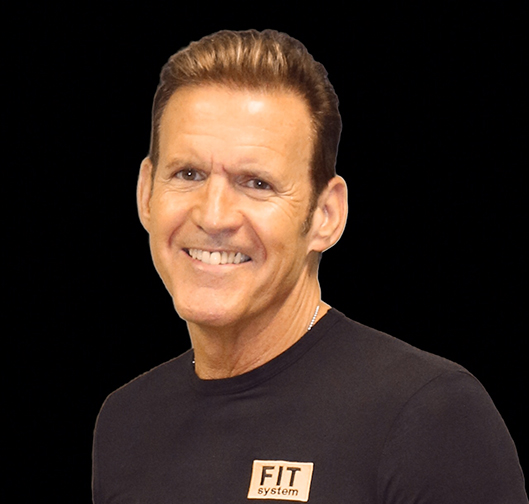By now, we all should know exercise is good for our heart, and we know exercise is good for our muscles — but what about our bones?
That’s right. According to Harvard Health, exercise is good for your bones, too. In fact, exercise essential for strong bones. Just as with your heart and other muscles, bones can be strengthened with exercise.
In trucking it’s about strengthening your stabilizer muscles. As drivers, it’s easy to compare your body’s stabilizer muscles to your truck’s stabilizer bars.
Let’s look at the comparison.
The muscles of the body act to stabilize a joint so a particular movement can be performed at another joint. These muscles usually aren’t directly involved in the movement, but they support it to keep you steady and enable the primary muscles to do their job. For example, if you’re doing a chest press on an exercise ball, the primary muscles at work include the ones in your chest and arms — but the muscles in your abdomen, back and legs work isometrically to stabilize your body.
In your truck, stabilizers bars distribute weight evenly and improve the vehicle’s movement and cornering traction.
Are you starting to see the comparison?
I’ve heard debates on the need to concentrate on strengthening stabilizer muscles … or does free weight training provide the necessary benefits in strengthening the stabilizers muscles?
As an illustration: When walking up steps, your body is working by using your legs to move you up with force to the next step. So, if you’re focusing on keeping your shoulders back and your abs tight, logic would say that you’re using your quads and, at the same time, strengthening your stabilizer muscles.
By the definition above, your stabilizer muscles are supporting the movement while not necessarily conducting that movement.
Another example most drivers can relate to is when you’re preparing to pull your fifth wheel pin, lower your landing gear or pull your hood up. Next time you perform these tasks, think about the movement first.
Most drivers do not engage supporting muscle to perform these movements. Because of this, over time, you could be causing small tears. If a muscle is unable to adequately respond to and meet the demands of a task, it can become overloaded and tear under strain.
This happens when we perform quick movements and not allowing those muscle time to recruit other supporting muscle to help. Always make sure to take necessary measures to prevent injury. Warm up your muscles first.
Known as The Trucker Trainer, Bob Perry has played a critical role in the paradigm shift of regulatory agencies, private and public sector entities, and consumers to understand the driver health challenge. Perry can be reached at truckertrainer@icloud.com.
Bob Perry is a regular contributor to The Trucker. He has spent nearly the past four decades on a mission to educate professional drivers and share life-changing products and services to help them live healthier lives while on the road. Recognized throughout the transportation industry, from bus drivers to over-the-road professional drivers, Perry has played an important role in creating a paradigm shift helping regulatory agencies, private and public sector entities, and consumers understand the current health challenges of the professional driver. He has participated as a wellness advocate in several roundtable discussions, large audience groups and small forums as well as going “curbside” through a national truck stop tour.
Bob’s articles have been featured in The Trucker and a number of other national transportation industry publications and is the host of a weekly wellness call produced by Rolling Strong. Bob has been a regular guest on RedEye Radio and Land-Line Radio, and is often an invited guest on Sirius radio shows. He has been featured in the New York Times, Men’s Health Magazine, Drug Store News, American Road Magazine, WSJ, NPR, ABC National Radio, as well as hundreds of daily newspapers. He has appeared on television news shows across the nation, including a featured TV segment on ABC NightLine News.





